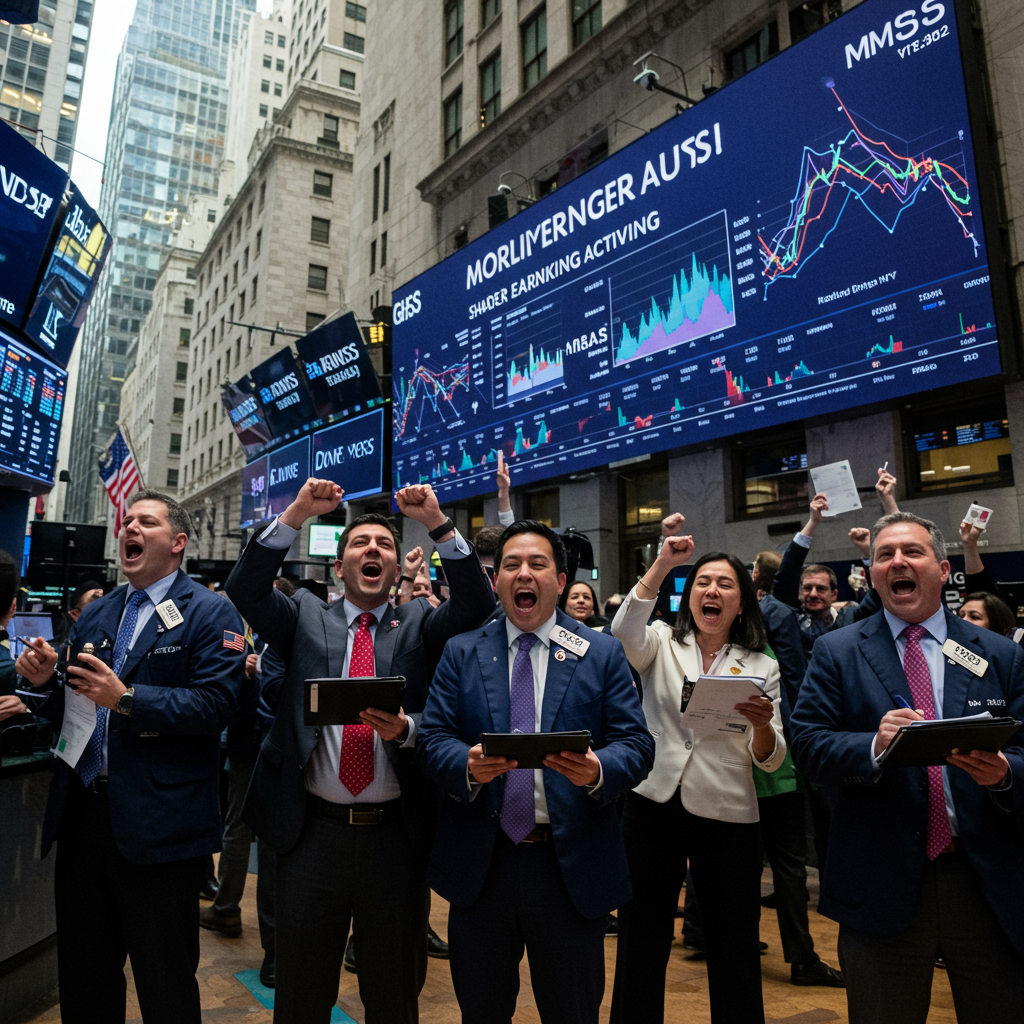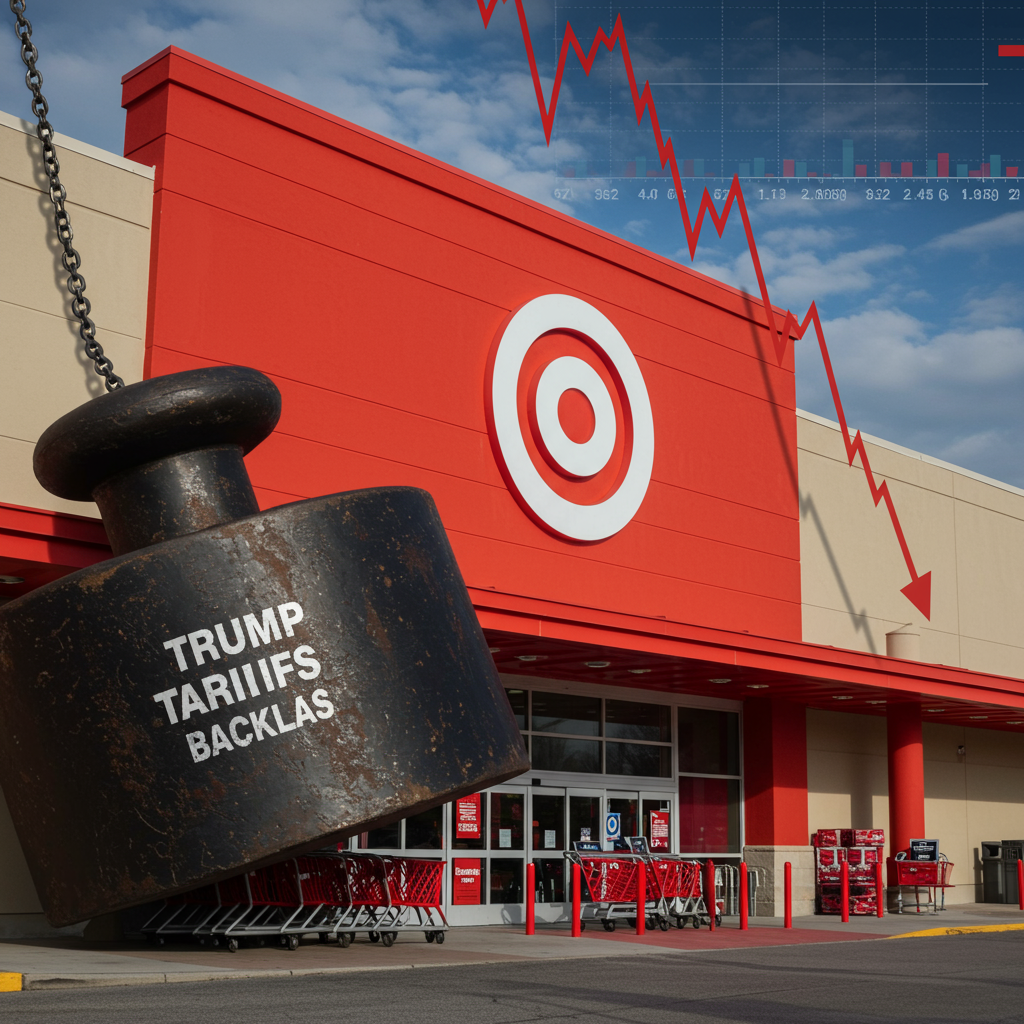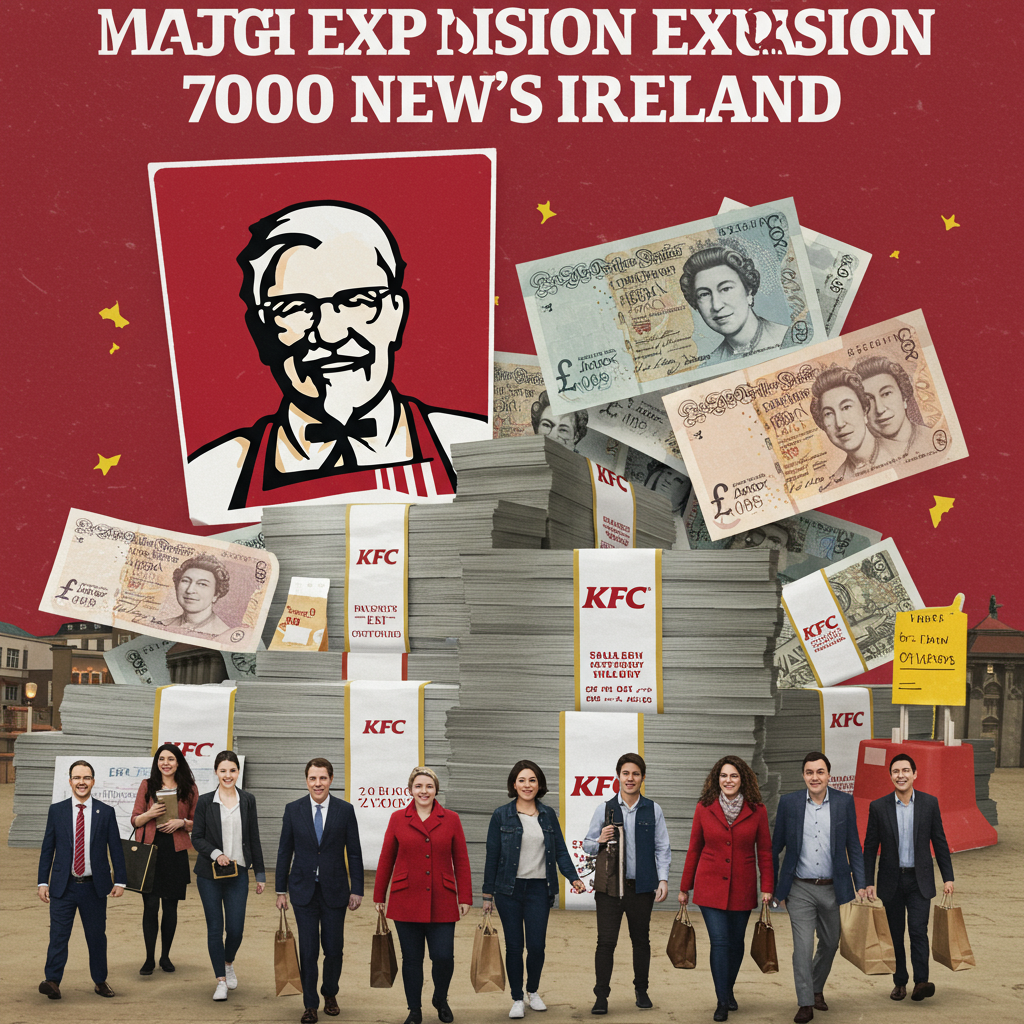The financial landscape is buzzing with renewed vigor as major investment banks, including Goldman Sachs, JPMorgan, and Citi, declare a definitive end to Wall Street’s protracted dealmaking drought. After nearly three subdued years, the third quarter of this year delivered robust earnings, significantly surpassing expectations. This surge signals a vibrant return to mergers, acquisitions (M&A), and financing activities, rejuvenating an industry that has keenly felt the impact of slowed corporate transactions on banker morale and compensation.
Dealmaking Roars Back: Goldman Sachs Leads the Charge
This financial resurgence is largely spearheaded by Goldman Sachs, which achieved its third-highest quarterly net revenues ever, exceeding an impressive $15 billion. The firm’s advisory revenue showcased a remarkable 60% year-over-year increase, reaching $1.4 billion. Overall, investment banking fees soared by 42% compared to the third quarter of last year, totaling nearly $2.7 billion. Equity underwriting revenues also climbed 21% to $465 million, while debt underwriting increased by 30% to $788 million.
CEO David Solomon credits this robust growth to the return of significant corporate transactions. Goldman Sachs advised on notable public offerings for companies like Klarna and Figma. The bank also played a role in proposed blockbusters such as the $50 billion Anglo American and Teck Resources merger and Electronic Arts’ $55 billion take-private. While fees from these massive deals are not yet fully reflected, Solomon expressed strong confidence in a “very constructive M&A environment through the end of the year into 2026,” citing a “more supportive regulatory environment.” Goldman’s CFO, Denis Coleman, further reinforced this positive outlook, confirming that the bank’s dealmaking backlog across equity, debt, and advisory is at its highest in three years.
Rivals Thrive: JPMorgan and Citi Seize Momentum
Not to be outdone, rival Wall Street banks are also significantly benefiting from the renewed activity. JPMorgan reported a strong 16% rise in investment banking fees, contributing to nearly $20 billion in commercial and investment banking net revenues for the quarter. CEO Jamie Dimon observed a distinct pickup in Equity Capital Markets (ECM) and M&A activity, bolstered by a generally supportive economic backdrop. Kenneth Leon, director of equity research at CFRA Research, highlighted JPMorgan’s diversified business model as a key strength, forecasting continued momentum well into 2026.
JPMorgan’s CFO, Jeremy Barnum, noted that the rebound in corporate lending mirrored the increase in deal activity. This indicates that client borrowing and transaction volumes are once again moving in tandem. Barnum described the summer as “the busiest we’ve had in a long time” for M&A, supported by a favorable rate environment. Notably, the bank cited higher compensation and “growth in front office employees,” reversing an earlier directive to resist hiring.
Meanwhile, Citi’s investment bank also delivered a strong performance, generating over $1.1 billion in fees. This marks a 17% increase from the previous year. Its corporate lending revenue grew by nearly 40% as clients increasingly utilized its substantial balance sheet. This renewed ambition within Citi’s investment banking unit is partly attributed to its new IB chief, Viswas Raghavan, who joined from JPMorgan last year. Broader market data from LSEG confirms this trend, showing that the volume of deals worth $5 billion or more surged by 64% from last year, with 100 such deals recorded so far this year, compared to 61 by the same point last year.
Behind the Boom: Understanding Wall Street’s Strategic Shift
The current Wall Street dealmaking boom isn’t an accident; it’s the result of several converging factors. A more supportive regulatory environment, coupled with a conducive interest rate landscape, has unlocked previously stalled corporate plans. Businesses, having weathered pandemic-era uncertainties and subsequent economic fluctuations, now possess clearer pathways for strategic growth, mergers, and capital raising. This pent-up demand for transactions, delayed for nearly three years, is now being unleashed.
Furthermore, the robust performance of leading investment banking divisions reflects not just market opportunity but also a proactive approach by firms. They are leveraging strong balance sheets and established client relationships to capture this renewed activity. The significant increase in advisory, equity, and debt underwriting fees underscores a broad-based recovery across various facets of investment banking, pointing to a healthy appetite for both growth and restructuring in the corporate world.
The High-Stakes Talent War: Compensating Wall Street’s Workforce
The surge in dealmaking activity directly impacts the demand for skilled talent, igniting an intense competition for bankers. This isn’t a new phenomenon; Wall Street has been grappling with talent retention, especially among junior bankers, for years. Goldman Sachs, for example, previously led the charge in 2021 by significantly increasing base compensation for its junior bankers. First-year analysts’ base pay jumped from $85,000 to $110,000, surpassing competitors like JPMorgan, Citi, and Morgan Stanley, who had recently increased their first-year base pay to $100,000.
These substantial pay hikes, averaging around 30% for various junior roles, were not just about matching rivals. They also addressed concerns over immense workloads, with junior bankers frequently reporting 100-hour workweeks. Banks like Goldman and JPMorgan pledged increased staffing to combat burnout. Goldman’s decision was also influenced by its strong financial year and a firm stance on requiring employees to return to the office, viewing higher pay as an incentive. This competitive landscape means that attracting and retaining top-tier talent remains a critical strategic priority for all major financial institutions amidst the current high-octane deal environment.
Navigating Future Horizons: Opportunities and Cautions
The prevailing sentiment on Wall Street is one of strong optimism. Executives from Goldman Sachs and JPMorgan anticipate continued strength in the M&A environment and capital markets into 2026. The clear trajectory suggests a sustained period of robust activity, driven by corporate growth strategies and a favorable market backdrop.
However, a note of caution tempers this optimism. JPMorgan CFO Jeremy Barnum wisely warned that market prospects can shift “on a dime,” urging Wall Street not to become complacent. He offered the pertinent example of a prolonged government shutdown, which could swiftly stall capital markets and public issuance activity, negatively impacting ECM bankers. Such unforeseen economic or political disruptions highlight the inherent volatility of financial markets, reminding us that vigilance remains paramount even during periods of exceptional growth. Investors and businesses should watch for broader economic indicators and policy shifts that could influence this momentum.
Frequently Asked Questions
What factors are driving the recent Wall Street dealmaking surge?
The significant surge in Wall Street dealmaking is primarily driven by several key factors. After nearly three years of subdued activity, there’s pent-up demand for corporate mergers, acquisitions, and financing. A more supportive regulatory environment, combined with a conducive interest rate landscape, has made companies more confident in pursuing strategic transactions. Major banks like Goldman Sachs and JPMorgan are capitalizing on these conditions, leading to a broad-based recovery across advisory, equity underwriting, and debt underwriting services, reflecting a healthy corporate appetite for growth.
How has the surge in dealmaking impacted career prospects and compensation for Wall Street bankers?
The rebound in dealmaking has intensified the competition for talent, significantly impacting career prospects and compensation for Wall Street bankers. Higher transaction volumes translate into increased workloads, prompting firms to invest more in their workforce. Historically, banks like Goldman Sachs have led substantial pay increases for junior bankers, with first-year analysts’ base pay reaching $110,000, setting a new benchmark. This competitive environment, coupled with pledges for increased staffing and other incentives, aims to attract and retain top talent amidst demanding work schedules and the renewed vigor of the financial markets.
What risks or challenges could potentially disrupt Wall Street’s current dealmaking momentum?
Despite the widespread optimism, Wall Street’s current dealmaking momentum faces potential risks and challenges. Market prospects can change rapidly due to unforeseen economic or political events. For instance, a prolonged government shutdown could significantly stall capital markets and public issuance activity, directly impacting investment banking fees. Other risks include shifts in interest rate policy, geopolitical instability, or a slowdown in global economic growth. These factors could diminish corporate confidence, delay investment decisions, and ultimately disrupt the robust deal flow currently revitalizing the financial sector.
Conclusion
The current Wall Street dealmaking boom signifies a powerful pivot from years of uncertainty to a future brimming with strategic corporate activity. Leading firms like Goldman Sachs, JPMorgan, and Citi are not just meeting but exceeding expectations, showcasing a robust recovery across all facets of investment banking. While optimism for continued growth into 2026 runs high, the financial world remains acutely aware of potential market shifts. This period of renewed dynamism offers significant opportunities for growth, yet it also underscores the enduring importance of strategic adaptability and vigilance for everyone involved in global finance.




